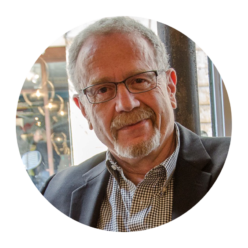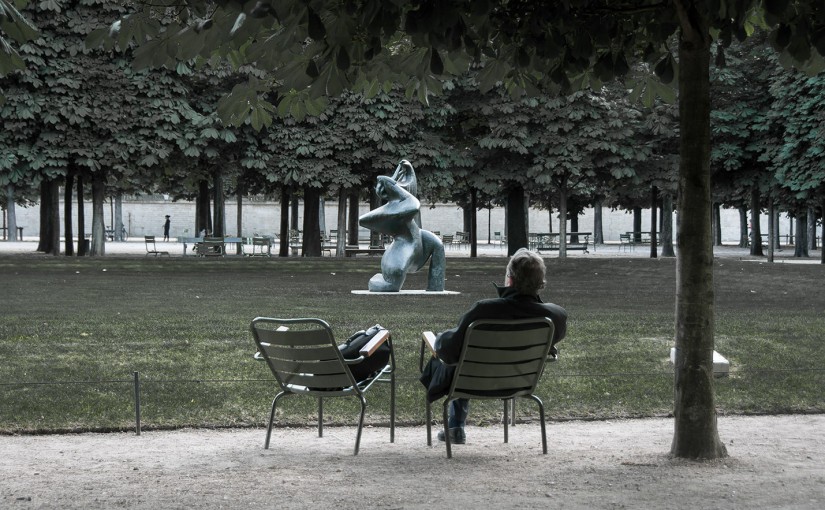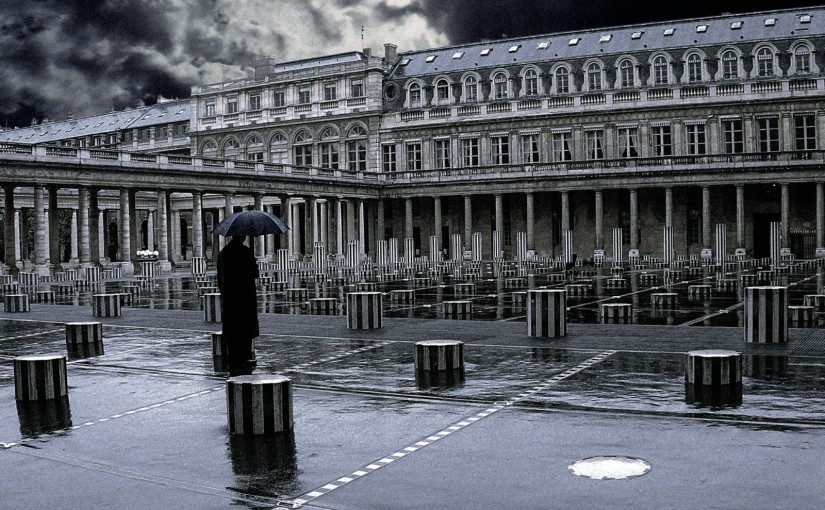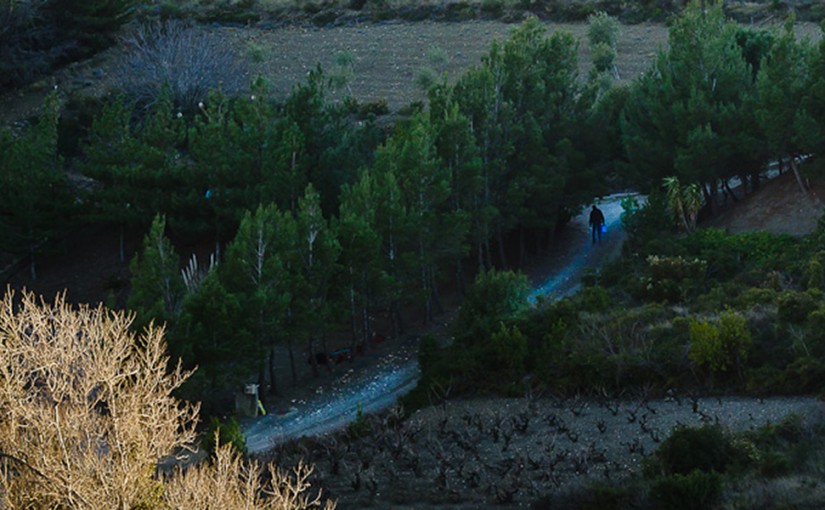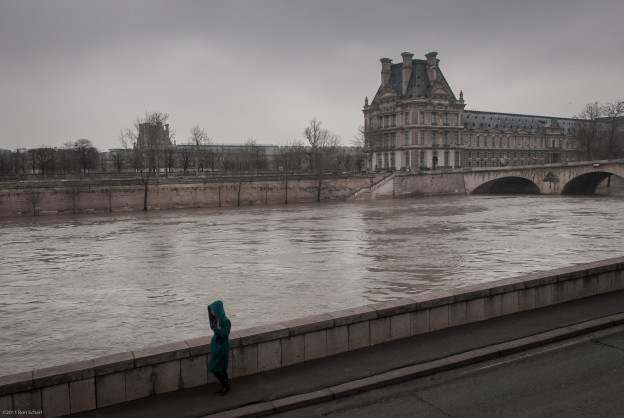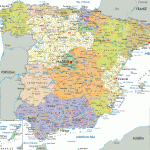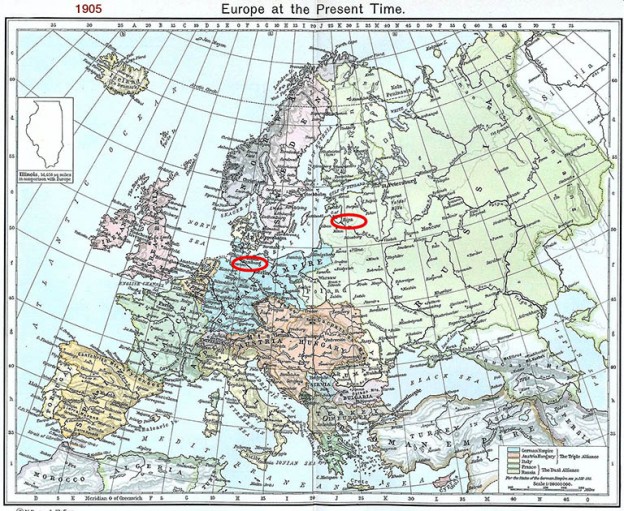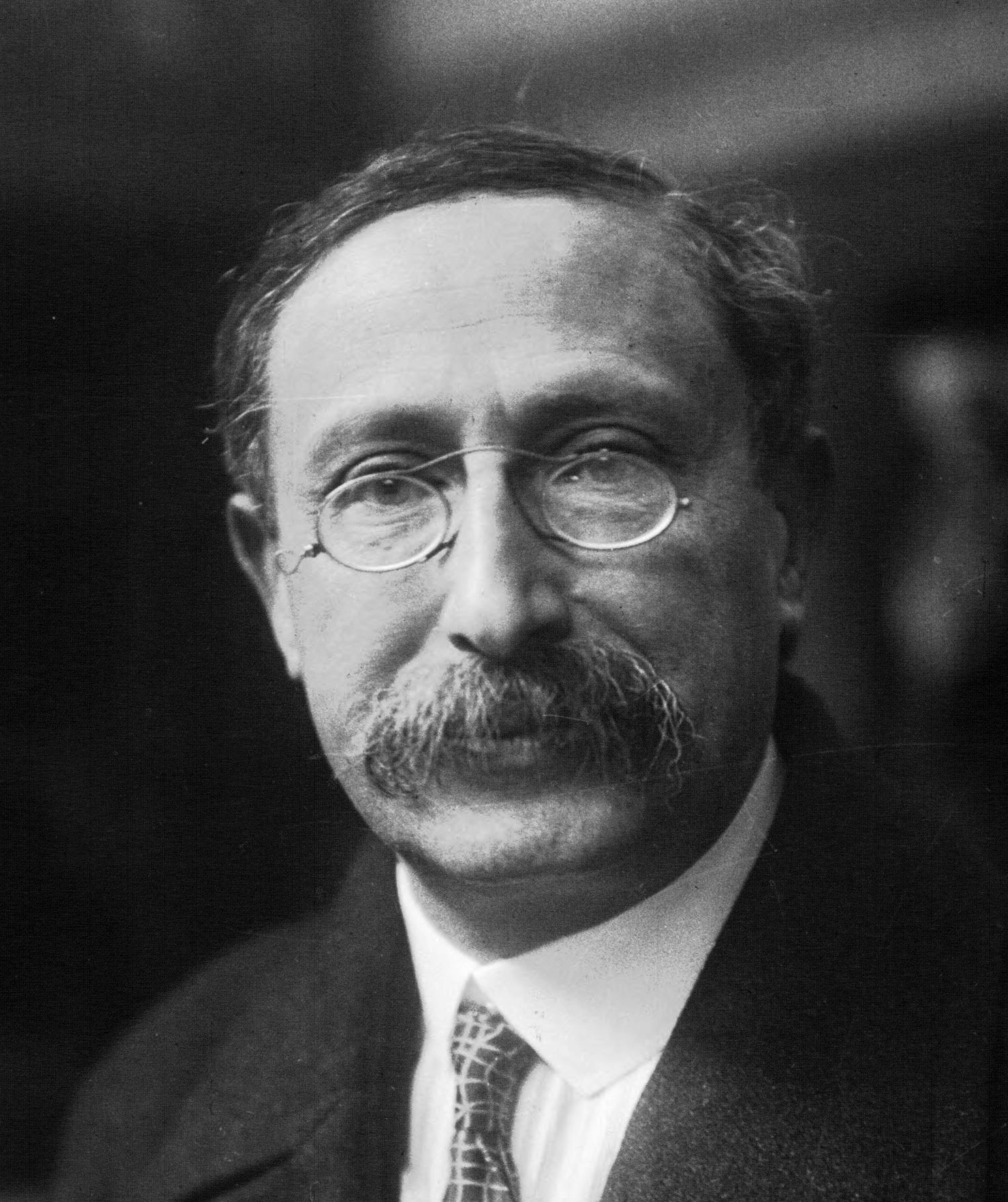The decision to de-medicate really began last year with a simple question from a very good friend: I was thinking last night that I’ve never seen you be aggressive. Have you always been like that?
I was surprised by the question and it has haunted me ever since. To some extent I’ve always been more passive than was good for me, but I also think it’s become worse over the years. There are really two indivisible issues: passivity and timidity. They start with hesitation and develop into a rigid shell; together they create a kind of death of the soul.
Depression can be the precursor of both conditions; the usual medications can make them worse because the effects put a limit on your presence in the world. They allow you to accept what should be an unbearable way of life. The shell forms and within it there is never enough air or water to allow anything to grow. You begin to die inside: old relationships wither, new ones never have a chance.
The timid and passive don’t take risks and there is no creativity without risk.
It is an act of courage to walk out on a stage and play a sonata before an audience. Or sing an aria, or paint, write, or photograph. It’s not just the risk of failure and humiliation, although that can be a powerful stop sign, the bigger risk is in opening yourself and finding out what’s inside. And you do have to dig because anything of value emerges from the core of your being. Call it soul, or heart. It doesn’t matter. It’s the only thing you have to give and if you can’t open enough to tap into it, you can’t produce anything of value. I’m talking about works of art, but also about what you give in a relationship, the love you give to a friend, a lover, or a child. It’s all risky, but essential.
Here’s a bit from Angle of Reflection in which Ben acts against type and takes a risk because he just had to photograph that woman, in that place, at that time.
“They came out of the gallery into a small stone courtyard with indirect sunlight bouncing off the walls and up from the ground, creating a lovely portrait light. He asked Emma to pose for a moment and started shooting before she could say no. He was keenly aware of the crowd around them in a city full of photographers, but he had to do this. He shot and moved, asking her to turn to him sometimes, look away at others. He wanted to juxtapose her youthful skin against the ancient stone walls, but more than that he wanted to capture the light that made her glow with a beauty that made his heart ache. He had her bring one hand up to her face for a few frames but it didn’t work. Then he had her turn her back to him and made a few images of her hands and hair as she did that twirly chignon thing. After a few minutes, she became self-conscious, turned around and made a funny face at him, and he stopped. It was too late, he was in love and frightened by the intensity of the moment and his feelings for her. His hands were shaking and his heart was beating much too fast. She looked at him and seemed to understand. Very quietly she said “thank you,” and quickly squeezed his hand before they walked in silence to the next venue.”
Ben had to take the risk, the opportunity would never have come again. I missed too many moments. No more.
©2015 Ron Scherl
